Wine, beaches, hiking, lighthouses, salt flats… Meet La Palma’s Teneguía region
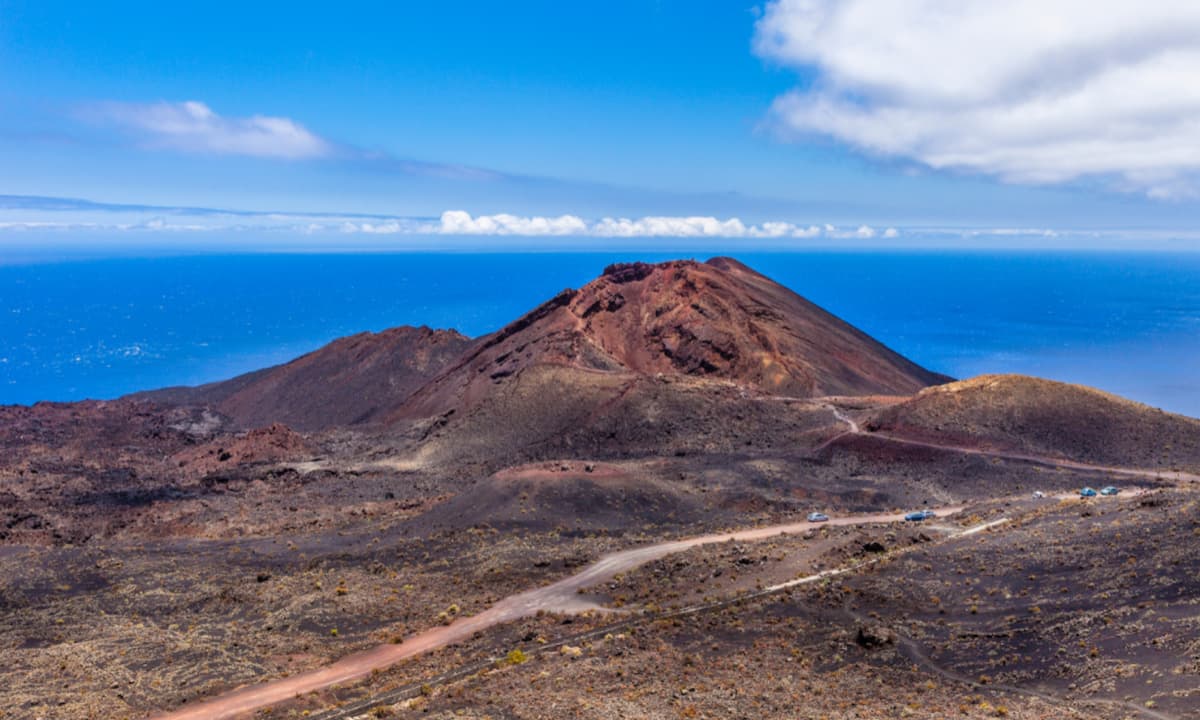
In the south of La Palma, the Teneguía area is home to a strikingly unique volcanic landscape. There are hiking routes, virgin black sand beaches, culture and delicious cuisine, all within easy reach of our La Palma Princess hotel. Read on and find out our pick of the best activities!
The Teneguía area: a La Palma must
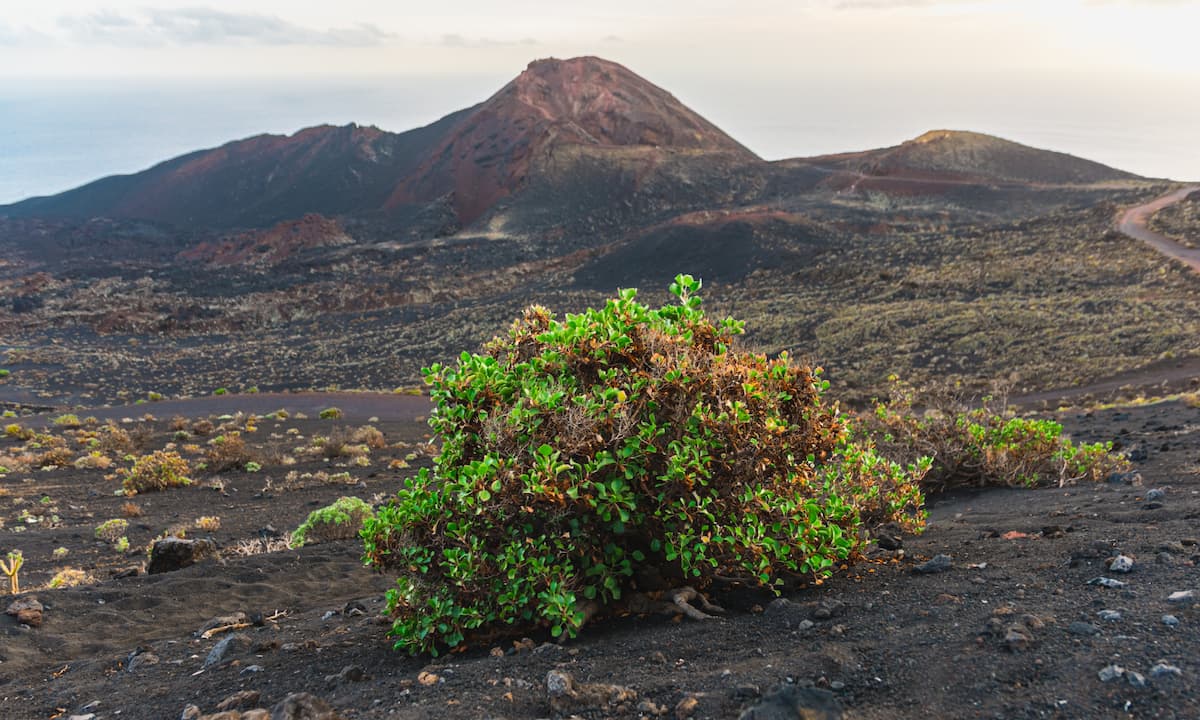
Whether it’s your first trip to La Palma or you’re a longtime fan of the island, Teneguía is an obligatory spot to visit. The unique landscape – from the coast to the mountains – is guaranteed to leave you open-mouthed.
And then there’s the volcano… Teneguía volcano rises up from Cumbre Vieja Natural Park in Los Canarios, in the municipality of Fuencaliente.
The whole zone was created when the volcano erupted in 1971, adding some 20 hectares of land to Fuencaliente. It might look like something from a sci-fi film, but that’s exactly how the Teneguía landscape came from.
The zone stands out for its vast marine reserves, winemaking, hiking routes, lighthouse and historic Fuencaliente salt flats.
To get to the foot of the Teneguía volcano take the LP-2 road from the south of the island. You can also use a number of public transport connections to get you to the municipality, or a taxi service.
Salinas de Fuencaliente salt flats
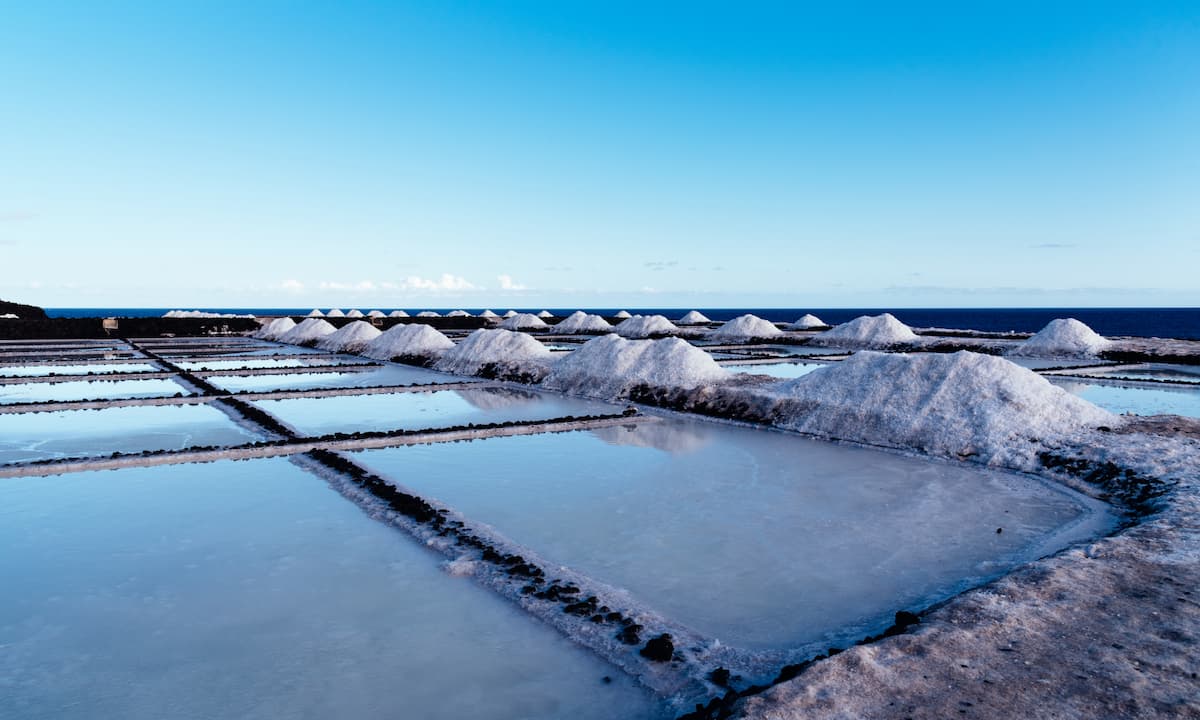
The Fuencaliente salt flats are close to Teneguía volcano. You can visit and see how salt is traditionally produced. This is one of the few places where traditional methods are still in operation in the Canary Islands today.
Las Salinas is a designated Site of Scientific Interest, thanks to the multitude of migratory bird species who stop off there. The traditional natural salt production adds to its significant historical value.
Sample the flavours of seaside cuisine at the theme restaurant Jardín de la Sal, where you can take in breathtaking views of the salt flats as you savour your meal. It’s open from Thursday to Monday, from 13:00 until 18:00
You can also learn how the salt is collected and buy various gourmet products including ‘flor de sal’ salt.
Fuencaliente lighthouse
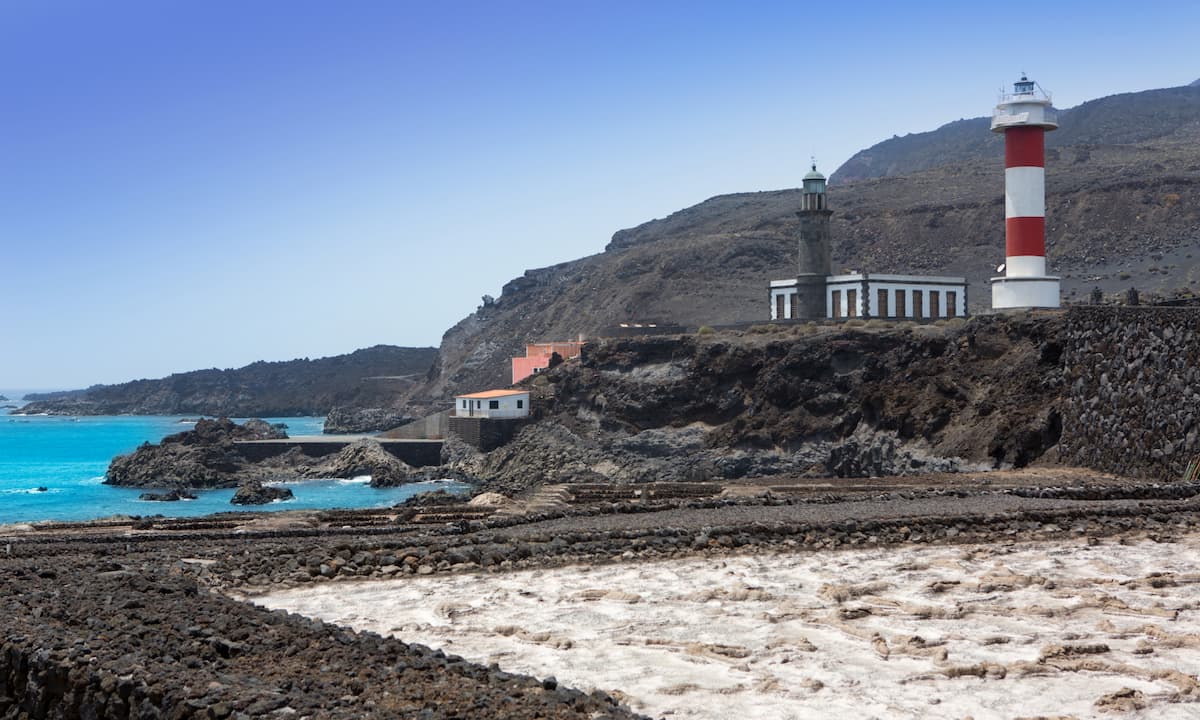
Just next to the salt flats and just 11 minutes by car from our La Palma Princess hotel, you’ll see Faro de Fuencaliente, one of the island’s tourist attractions.
Although they are actually two lighthouses…The first became operational in 1903 and has survived several volcanic eruptions. However, the Teneguía eruption in 1971 finally damaged its structure, which led to the building falling into disuse.
Therefore, in 1983, the construction of the new lighthouse began, which replaced the old one and has been a colourful symbol of the Teneguia coast since 1985. It’s currently one of the four operational lighthouses in La Palma.
The old lighthouse, which was restored in 2006, is home to a small museum. The Centro de Interpretación de la Reserva Marina (Marine Reserve Visitors’ Centre) aims to raise awareness of the importance of protecting the ocean and respecting marine flora and fauna. Open Tuesday to Saturday from 09:00 until 17:00.
Enjoy the black sand beaches
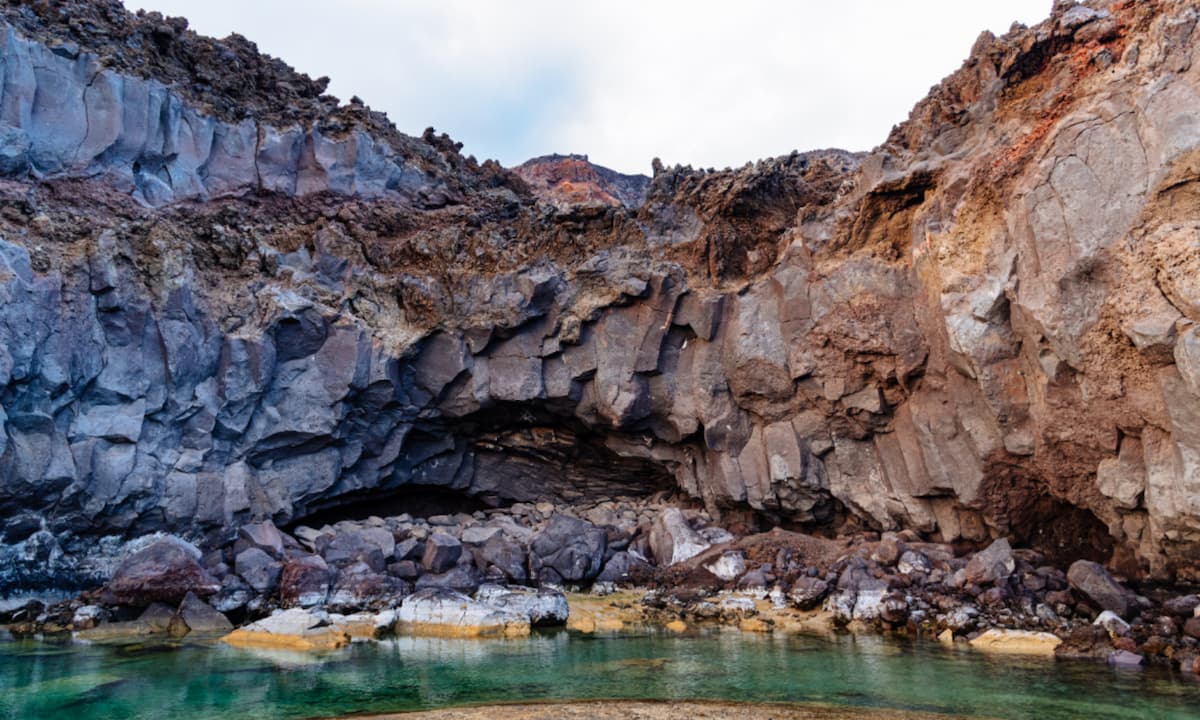
Nestled on the coast of Fuencaliente, Echentive beach was created in the aftermath of the Teneguía volcanic eruption. Ideal for swimming, you’ll find a 275-metre long stretch of water with natural swimming pools and basalt rock.
It’s an idyllic spot to explore, with aquamarine pools alongside the main beach. It really is a unique beach, no exaggeration.
The beach is also really close to the Fuente de Santa thermal spring, buried by the eruption of San Antonio volcano in 1677. They say the water there has healing properties, due to the high levels of carbogaseous sodium chloride in the water. They were considered the best thermal waters in Spain, and even in Europe! Works are now happening to restore this natural space and open it up for public enjoyment.
Hike along one of La Palma’s most incredible routes
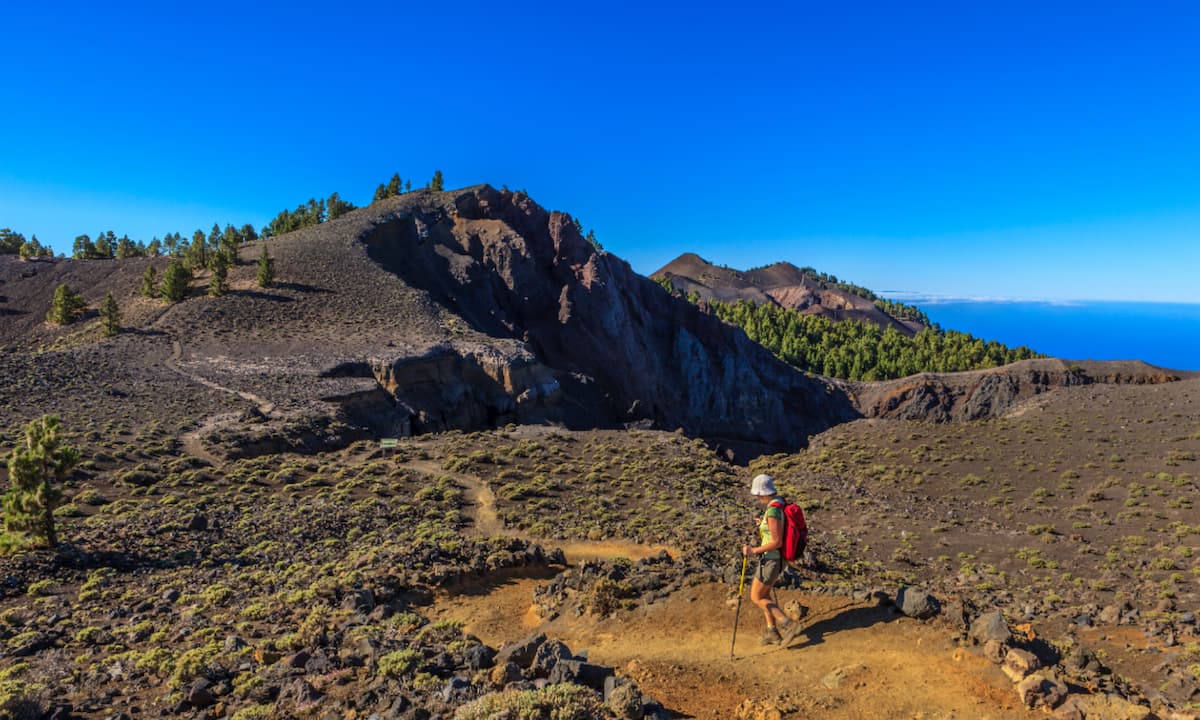
The Ruta de los Volcanes walk gives you amazing views of the landscapes of the south of La Palma. You can decide whether you want to cover the whole route or not – it spans a total of 22 kilometres and takes nine hours.
The paths traverse the municipalities of El Paso, Villa de Mazo and Fuencaliente. You can go on your own, or book a special tour with a guide who will be able to provide information along the way.
The route has two official starting points: from the Fuencaliente lighthouse heading north, with sections of steep slopes; or from the north at Refugio del Pilar in El Paso, where you’ll descend as far as Fuencaliente lighthouse.
There’s no doubt about it, this is a unique experience that gives you an excellent opportunity to learn about the island’s volcanic history.
Fuencaliente coast: unique diving
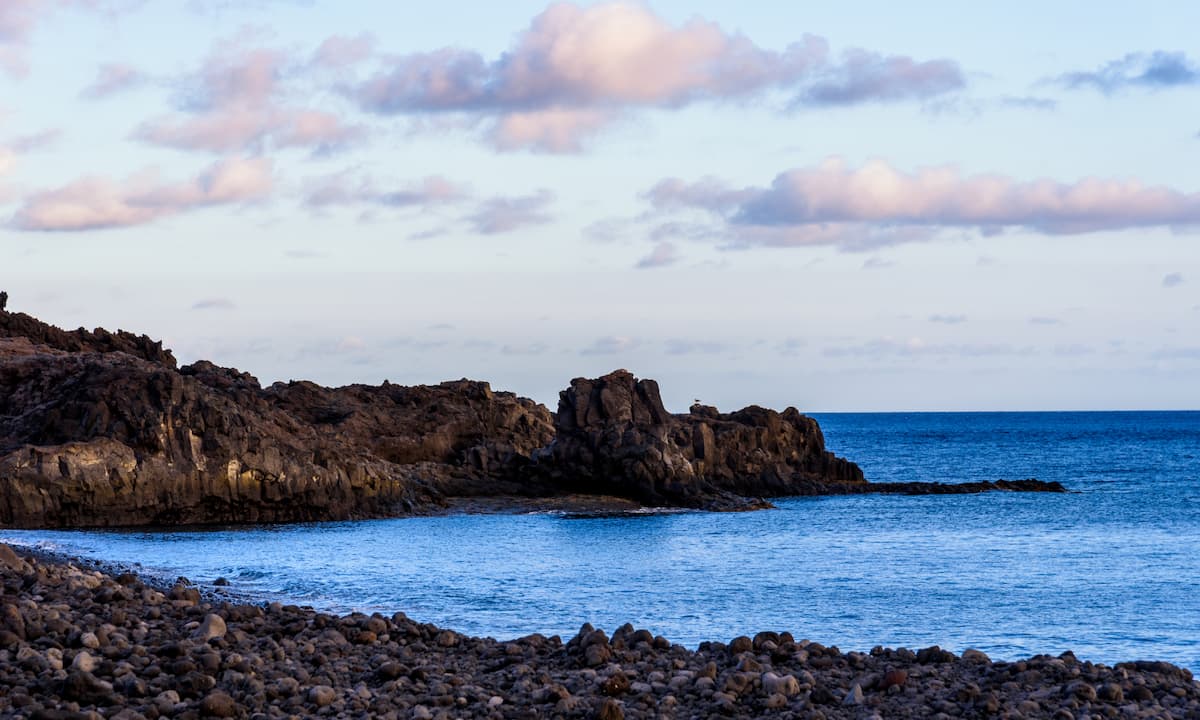
Did you know that the island’s top diving locations are found near Teneguía? When you dive into the depths of Las Cabras Bay or Las Cruces de Malpique, you’ll lose yourself in a unique underwater landscape.
Right next to our La Palma Princess resort, there are some great spots for a dive, hidden away in Las Cabras Bay. Offering next-level visibility and easy access from the coast or a boat, you can plunge into a fascinating underwater world.
Las Cruces de Malpique is another mandatory stop for diving fans. But this is far from a straightforward dive, so it’s best left to the expert divers.
Hidden in the depths of the water, 40 stone crosses rest on the sea bed. They date from the sixteenth century, when French corsair Jacques de Sores murdered 40 Jesuit missionaries, hurling them into the sea to their doom.
Bodegas Teneguía: the best La Palma wines
The area is home to unique wine production, above all of the malvasia grape variety. If you’d like to find out the secrets of this delicious wine, we recommend a trip to Bodegas Teneguía, one of the most-awarded wineries in the Canary Islands.
They produce up to 18 different types of La Palma wines, using the traditional techniques of the island’s winemakers and adapting them to modern production methods.
Open for visits from Monday to Friday from 9:00 to 16:00, and Saturday and Sunday from 10:00 to 14:00. We recommend booking in advance to take a guided tour and sample its wines.
Categories: Canaries, Be inspired, La Palma



Leave a Comment